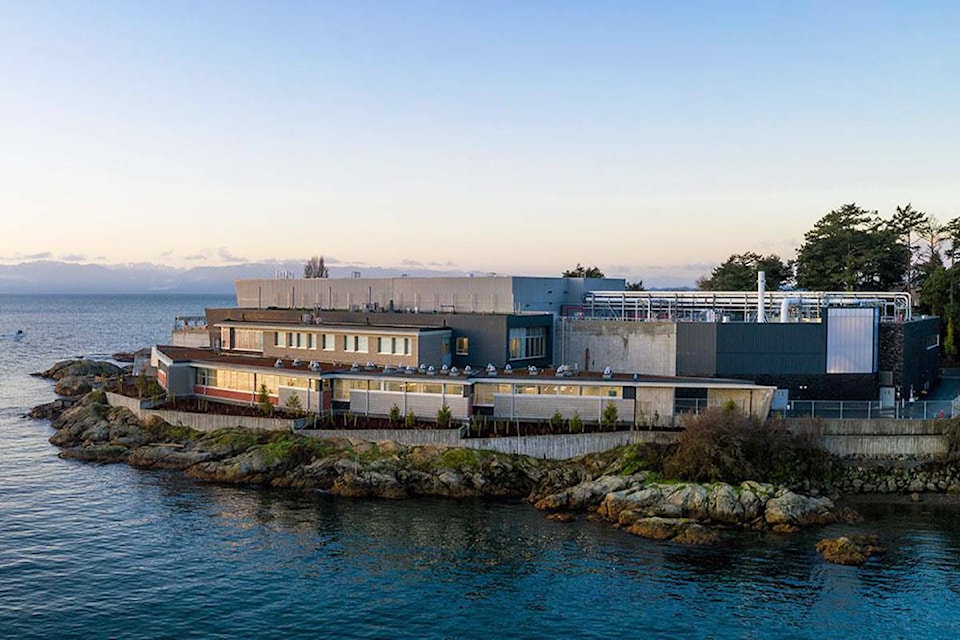For longtime watchers of the Capital Regional District’s wastewater management like Philippe Lucas, it’s frustrating the South Island has waited so long to give potential long-term solutions a try.
The CRD’s ban on spreading treated sewage on its lands is over a decade old and has been upheld many times since, including several times this year.
So why the CRD didn’t start building its own facility that could dispose of the dried, pellet-shaped byproduct years ago is lost on Lucas.
“Had we moved forward with evidence-based and safe solutions at the time, we wouldn’t be having this discussion, we’d already be enjoying biochar production or gasification in the region,” the Biosolids Free B.C. official said.
The CRD was been presented with long-term options for what it could do with the dried pellets past 2025, but the matter garnered no discussion when it was in front of regional directors on Aug. 9. Many of the options include strategies that have already been in use and all included land application as either the primary or backup strategy.
With short-term plans facing numerous challenges and up to ten years before a permanent thermal facility is operating at Hartland Landfill, Lucas said it’s concerning no new strategies were brought forward. It’s frustrating to repeatedly see staff present reports saying test facilities are years away, he added.
The CRD has approved expediting the timeline for getting a thermal pilot plant up and running. CRD staff in July faced questions from directors on why the region can’t bypass feasibility studies and pilot projects when facilities are successfully operating elsewhere around the globe.
Staff have said a pilot is needed to get a local understanding as the CRD’s Class A biosolids are unique and there are few functional thermal facilities in North America. Staff have also noted potential builders of the pilot facility responded to an expression of interest portal that was open until July 21.
The CRD’s main plan currently is to ship biosolids to a Lafarge cement plant in Richmond, where they’re used as an alternative fuel source. But the biosolids haven’t made it to the mainland very often in recent years due to issues at the cement plant. Those issues were resolved in recent months, but then the CRD couldn’t get its biosolids to the required grade for them to be accepted by Lafarge.
“Somehow after two years of us waiting to send them over there, we weren’t ready,” Lucas said. “I’m very concerned at the way we’re handling these (biosolids).”
Despite its issues, Lucas said the Lafarge strategy is likely the region’s best avenue in the short term. His group and others have reiterated their opposition to land application in the CRD – identified as a possible long-term option – as they’re concerned about the environmental and health impacts of biosolids containing pharmaceuticals, contaminants of concern and forever chemicals like PFAS.
“We are greatly alarmed that the province has directed the CRD to include land applications in its long-term plan,” the Peninsula Biosolids Coalition’s Jonathan O’Riordan told the board on Aug. 9.
He called for a speedy review in order to advance a pilot site.
“The current bureaucratic approach is too slow, too cumbersome, too risk averse and not sufficiently accountable for expediting a positive decision on innovative technology.”
Frances Pugh of the Saanich Inlet Protection Society called for more robust testing as she said the understanding of biosolids’ impact is still lacking.
“We strongly feel the only option right now is to keep (biosolids) strongly contained as tightly as possible in one place.”
Upper levels of government and the CRD maintain that land applying biosolids is safe and environmentally beneficial when done properly.
READ: Land application dominates long-term options for CRD’s biosolids
